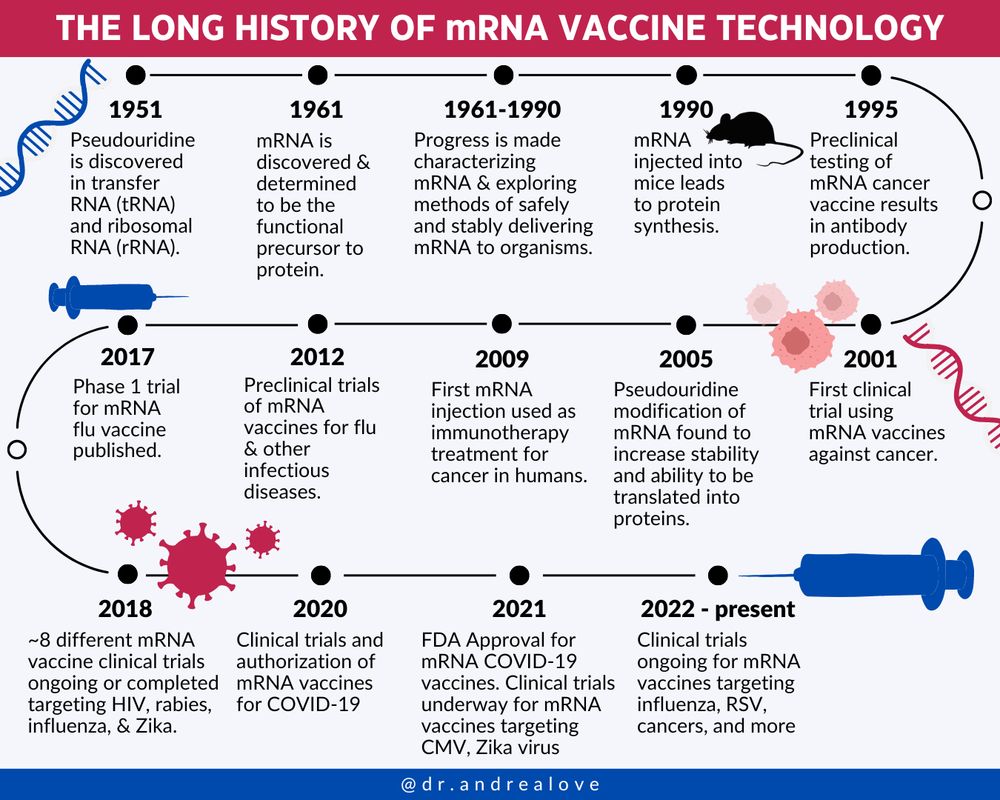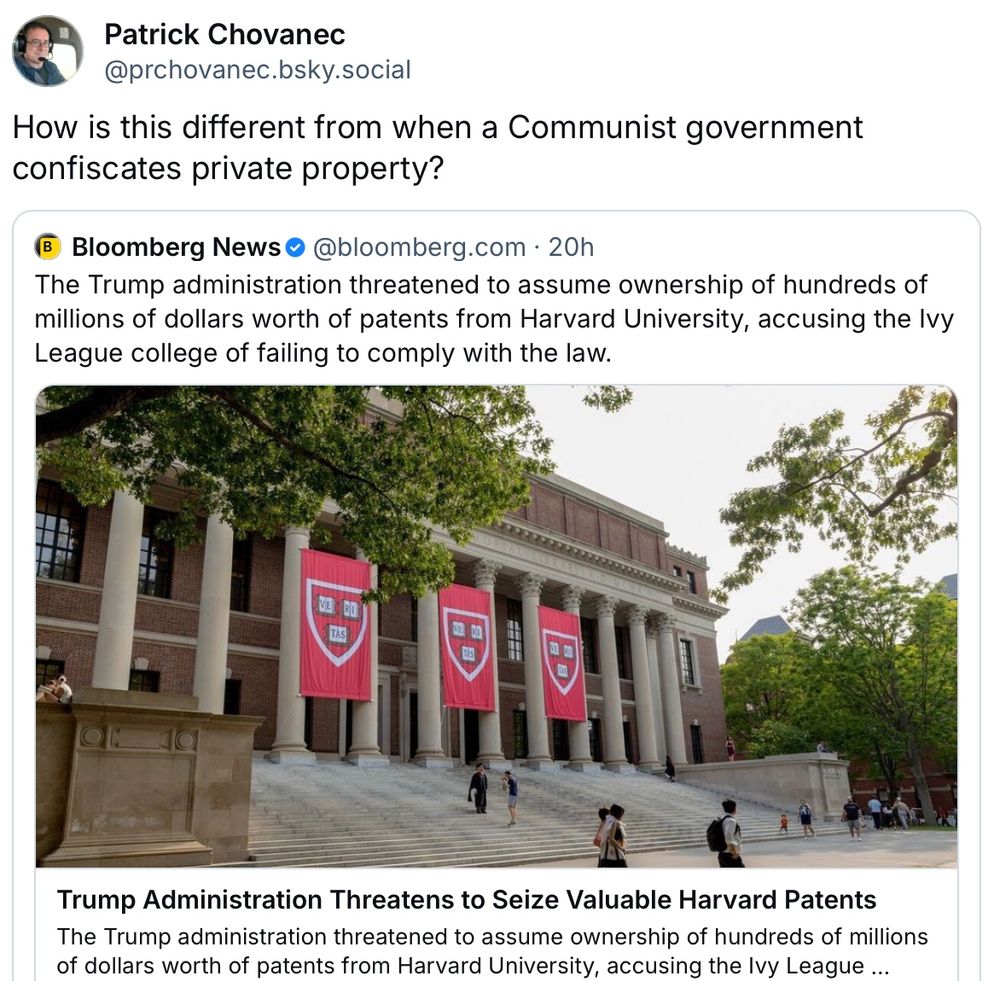Liana Lareau
@lianafaye.bsky.social
1.6K followers
240 following
54 posts
Assistant Professor of Bioengineering, Berkeley. Living in an RNA world. lareaulab.org
Posts
Media
Videos
Starter Packs
Pinned
Liana Lareau
@lianafaye.bsky.social
· Aug 7

Protein language models reveal evolutionary constraints on synonymous codon choice
Evolution has shaped the genetic code, with subtle pressures leading to preferences for some synonymous codons over others. Codons are translated at different speeds by the ribosome, imposing constrai...
www.biorxiv.org
Reposted by Liana Lareau
Reposted by Liana Lareau
Reposted by Liana Lareau
Reposted by Liana Lareau
Reposted by Liana Lareau
Reposted by Liana Lareau
Reposted by Liana Lareau
Reposted by Liana Lareau
Liana Lareau
@lianafaye.bsky.social
· Aug 20
Liana Lareau
@lianafaye.bsky.social
· Aug 20
Liana Lareau
@lianafaye.bsky.social
· Aug 9
Reposted by Liana Lareau
Liana Lareau
@lianafaye.bsky.social
· Aug 8

Translation elongation as a rate limiting step of protein production
The impact of synonymous codon choice on protein output has important implications for understanding endogenous gene expression and design of synthetic mRNAs. Synonymous codons are decoded at differen...
www.biorxiv.org
Reposted by Liana Lareau
Reposted by Liana Lareau
Liana Lareau
@lianafaye.bsky.social
· Aug 7
Liana Lareau
@lianafaye.bsky.social
· Aug 7
Liana Lareau
@lianafaye.bsky.social
· Aug 7
Liana Lareau
@lianafaye.bsky.social
· Aug 7
Liana Lareau
@lianafaye.bsky.social
· Aug 7













